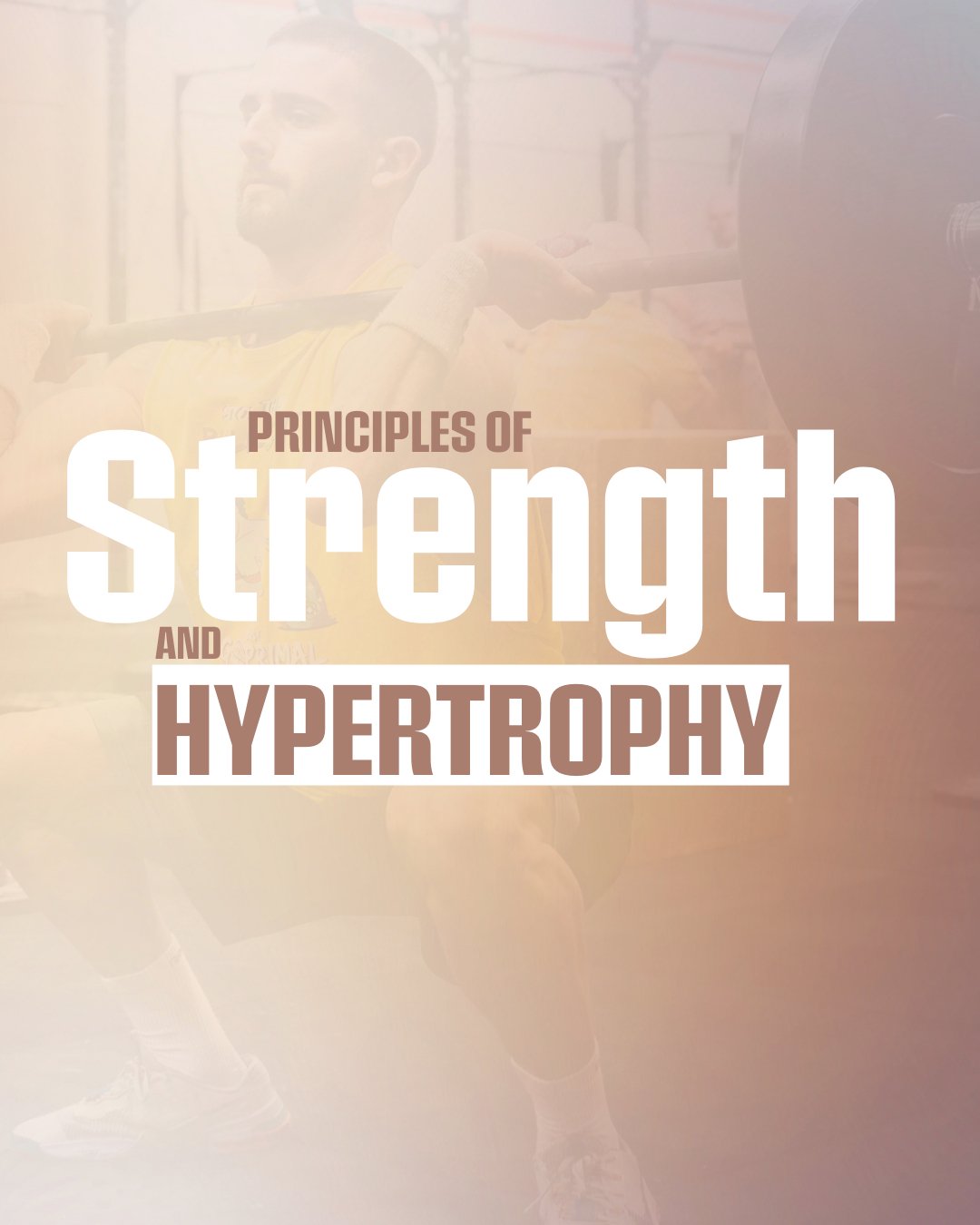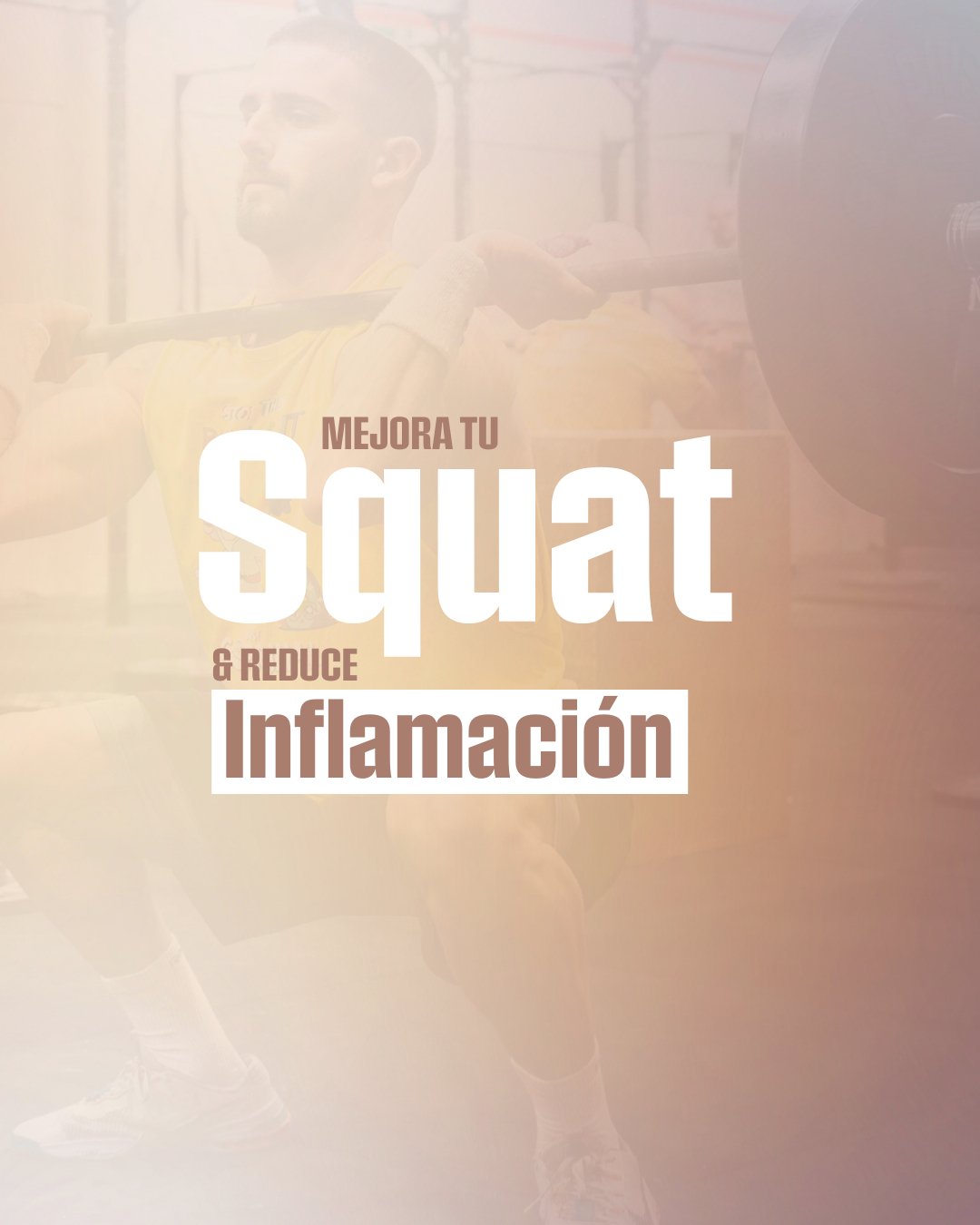
Principles of strength, hypertrophy and muscular endurance: Progressive overload
Are you looking for some practical tips to build strength, muscle size, and endurance? Read this detailed post till the end to do this!
During his conversation with Andrew Huberman, Dr. Andy Galpin explains the fundamental principles to build endurance, strength, and hypertrophy. He explains the importance of optimizing training, recovery, sleep, nutrition, and supplements to achieve these goals. Keep reading to learn about these in detail.
Principles of Exercise and Fitness
By exercising, you get the following 9 adaptations, which are the main concepts of training:
- Skill
- Speed
- Power = speed *strength
- Strength
- Hypertrophy (muscle size)
- Muscular endurance
- Anaerobic power (ability to do a lot of workouts for 30 sec to 2 minutes)
- Vo2 max (max heart rate, ability to do workout for 6-12 minutes)
- Long duration endurance (ability to do a workout for 30 minutes without any break)
The application of exercise (1) acts as a determinant of the type of adaption, not the exercise you do per second.
Progressive Overload
You can't add additional stress if you do the same exercise always. You have to progressively overload your workouts to improve your strength, endurance (2), and muscle size. To overload, opt for a combination of the following:
- Add more weights
- More reps
- More sets
- More complexity to the movement
- More work
- More intensity
Modifiable Variables
Modifiable variables refer to the things that you can alter during a workout and these include:
- Exercise choice
- Intensity
- Volume
- Rest intervals
- Progression
Intensity is a percentage of max heart rate or percentage of one repetition max. Volume is calculated by knowing the number of reps and sets you can do during a workout.
How to Train for Strength?
To train for strength, choose an exercise that will involve the whole body's movement. You can choose from the following:
For upper body
Vertical and horizontal push and pull exercises, e.g., shoulder press (push vertically), bench press (push horizontally), pull-ups (pull vertically), barbell row (pull horizontally).
For lower body
Pull exercises (deadlift) and pull (squats).
You can develop strength by producing more force. There are two types of muscle fibers;
- Fast twitch muscle fibers
- Slow twitch muscle fibers
Slow twitch muscle fibers are activated first during the workout because they are linked with low threshold motor neurons. To activate fast twitch muscle fibers, you have to produce more force because they are associated with high threshold motor neurons. The primary promoter of strength is intensity.
3 to 5 concept
You can practice 3-5 concept to build your strength fast. The concept says:
- Choose 3 to 5 exercises
- Do 3 to 5 reps at 85% of one-rep max
- Do 3 to 5 sets
- Rest for 3 to 5 mins
- Workout 3 to 5 times per week
- Training frequency
While training for strength, you don’t have to suffer muscle soreness. So, you can set the frequency as per your stamina because your muscles aren’t being damaged. If you’re not an expert, then 2 times per week is completely fine to build strength.
How to Train for Hypertrophy?
The three triggers for hypertrophy are:
- Metabolic stress: it's the "burn."
- Mechanical tension: heavy loads
- Muscular damage: more damage is not better
The rest intervals should be between 1 to 2 minutes. The primary and most important driver for hypertrophy is volume. While working out, you need to give your muscles time for recovery. During exercise, your muscles are damaged, and rest helps them make the muscles protein again to speed up recovery (3). The body needs at least 72 hours to build new tissues, so it's better to wait for at least 48 hours before repeating the same exercise.
Use Your Muscle to Mind Connection
Using your muscle to mind connection refers to mental awareness and your focus on the muscles used in a specific strength training workout. For better strength, you should focus on moving weights. For hypertrophy, your focus should be on challenging your muscles.
Your movement velocity is less important than your intent to move a specific muscle group. Hypertrophy is increased by muscle to mind connection. Eccentric overload is considered beneficial to activating a muscle. It's also effective for strength and hypertrophy.
Breathing During Weight Training
Breathing between and after a workout works as an effective recovery strategy and provides an opportunity for an improved workout. The simple rule you should follow for breathing is to exhale when you're making more effort and inhale when you're making less effort.
Breathing during workouts works as a alarm for your body, indicating that this workout is safe. With proper breathing the recovery rate will be faster after the exercise. After exercise, give yourself a rest of 3-5 minutes while inhaling through the nose and exhaling through the mouth.
Endurance
You should consider eccentric landing while choosing exercise. Swimming and cycling have much less eccentric load than running. You put all the weight on one foot at once in the running. So, running isn't recommended for you if you're a beginner.
A general recommendation for improving overall health is 150 to 180 minutes of zone 2 cardio. You can do zone 2 cardio daily if your goal is strength and hypertrophy. In fact, it promotes strength and hypertrophy by increasing the blood flow to the muscles or body area.
You should do some exercises to get the max heart rate at least once a week. When you get your max heart rate, all your body systems are challenged due to stress, and it works as a significant factor for improving adaptation (4).
Muscular Endurance
Building muscular endurance helps you increase your overall body strength. It also improves your posture, and the risk for injuries decreases. Performing more reps or activating a muscle group for a longer duration is the primary goal of muscle endurance training. Muscle endurance is considered beneficial for the maintenance of joint health.
For muscular endurance, some exercises that you can try are farmer's walk, loaded carries, wall sits, and planks.
Hydration
You can do workouts fasting or after eating something as it's your preference. But workouts without proper hydration (5) are extremely dangerous. To keep yourself hydrated enough, you should drink half of your body weight (in pounds) water, but in ounces each day.
Dr. Andy Galpin gives an equation to help you know the amount of water you should drink per day:
Bodyweight (in pounds) / 30 = Ounces for every 15 minutes of exercise
Not only water is necessary, specially with high temperatures or long workouts. Electrolytes are essential when we train more than 60mins or we sweat a lot due to temperature, intensity or training duration.
Cold and Heat Exposure
Having an ice bath soon after a hypertrophy session can be deadly. You shouldn't do that. Wait for at least 4 hours after the hypertrophy session to get into the ice bath. However, it is a problem if you're training for strength. For endurance training, the data available doesn't provide clear information, but it might be helpful.
Getting in the sauna for 20 minutes is considered beneficial for hypertrophy. You should do this right after the hypertrophy training session. The best temperature for the sauna is 180F-220F or 82-104C. But a sauna shouldn't be considered a substitute for exercise. Ensure proper hydration before entering the sauna and after moving out.
Some Basic Supplements During Strength, Hypertrophy, and Endurance Training
Some supplements that you can take during your training are:
Sodium bicarbonate
It promotes the alkaline state of the body, hence increasing the time for the progression of fatigue. It's recommended to take half a teaspoon of sodium bicarbonate initially before starting the workout, about 20-60 minutes before.
Beta alanine
It delays acid accumulation in the body and acts as a fatigue blocker.
Creatine monohydrate
Creatine (6) is naturally present in your muscles to help them produce the required energy during high-intensity exercise. It increases the production of ATP in your body, and as the ATP production increases, your body's performance during training is improved. Creatine also positively affects many cellular processes to enhance muscles mass, strength, and recovery. Hence, it's regarded a top supplement for strength, hypertrophy, and endurance training.
Bottom Line
No fitness goal can be achieved without balance. To achieve your strength, hypertrophy, and endurance goals, you have to balance the maximum workout your body can do and the workout requirement. Keep yourself hydrated, eat a healthy diet, use beneficial supplements and give your body time to recover from the workout stress. By considering and balancing all these parameters, you'll be able to get a perfect fit body without suffering!


